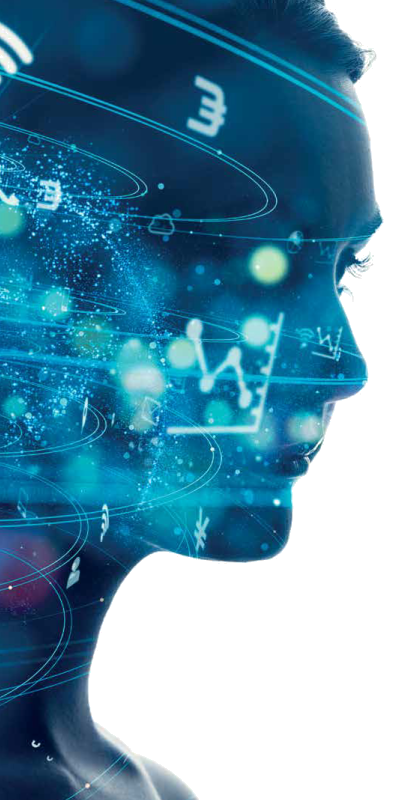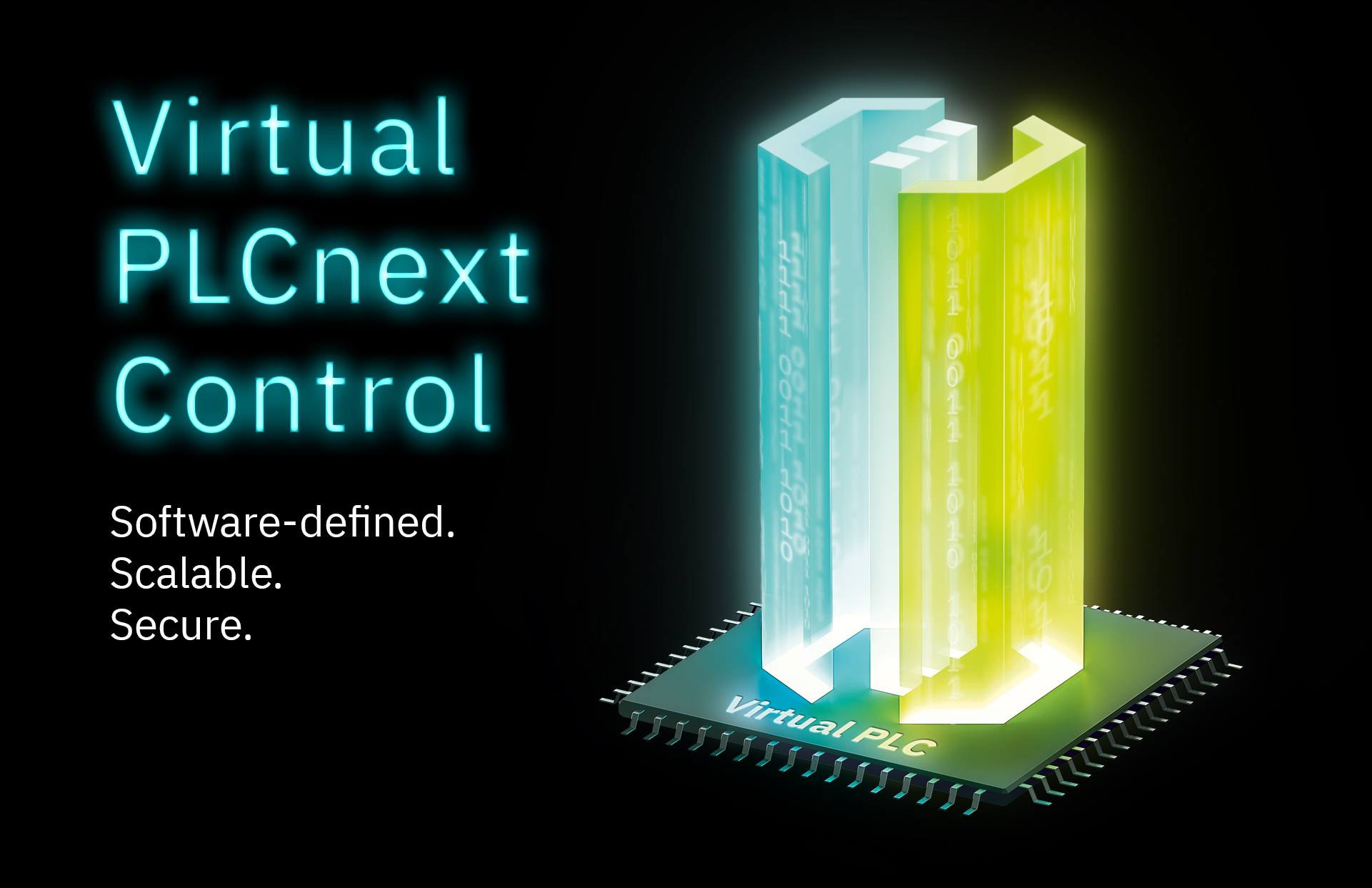
Applications with AI
Artificial intelligence can be used very quickly and easily for the quality control of products. There are ready-to-use AI-based software solutions that evaluate image material from industrial cameras in real time. Based on the images, the AI system learns what the product looks like in ideal condition and which tolerances and irregularities are still permissible. In this way, even the smallest scratches or deviations are reliably detected. Compared to manual inspection by employees, which requires high concentration and is tiring, the error rate can be significantly reduced and the inspection throughput increased.
Artificial intelligence in quality inspection is being pushed by Audi, for example, in its press shop. Using software developed in-house, the finest cracks in sheet metal parts are detected and marked. The solution, which is based on deep learning, was trained with several million inspection images over a period of months. According to Audi, the biggest challenges were the creation of a sufficiently large database and the so-called labeling of the images. The team marked cracks in the sample images with pixel accuracy. Using the examples, the neural network then learns independently and detects cracks even in new, previously unknown images. Several terabytes of test images from seven presses at the Audi site in Ingolstadt and from several VW sites form the database.
Another example of artificial intelligence is the gripping of unsorted stored and different components with robots. Thanks to machine learning, robots are able to draw conclusions from practical gripping tests. They learn from experience and master the unerring grip better and better over time. The information provided by modern 3D sensors serves as a basis. With the Deep Grasping research project, Fraunhofer IPA is going one step further: In order to avoid the time-consuming learning process in real operation, the robots train their neural networks for gripping objects in a virtual learning environment. The pre-trained networks are then transferred to the real robot.
“Artificial intelligence helps us to make production more efficient and keep our products competitive. AI is the key technology of the future.”
Mathias Kammüller, Chief Digital Officer at Trumpf

AI in the machine or cloud?
When it comes to artificial intelligence, high volumes of data are usually processed and a corresponding demand for computing power is necessary. Cloud infrastructures or on-premise data centers are of course the best choice for this. Artificial intelligence in the cloud and local data centers is very well suited for “training”, where large amounts of data are processed in neural networks over a long period of time. However, since the performance in edge computing and control systems is already very high and will continue to rise, AI scenarios are increasingly shifting to the machine-oriented area, as a study by ABI Research also shows.
This is also urgently necessary for the efficient use of AI technologies, because fast, deterministic decisions are needed especially at the field level. Control systems operate in microsecond intervals and decisions based on AI must also be made in real time. Due to the high latency of cloud computing, AI in the cloud is not suitable for many applications, because the data from sensors and machines must first be transferred to the cloud and analyzed by AI algorithms – then the results are transferred back to a control system. The resulting time delays are unacceptable, for example, for quality control in productions with very high volumes or bin-picking with robots. This also applies to autonomous Automated Guided Vehicles (AGVs), where decisions have to be made very quickly in the event of unforeseen obstacles.
Open control platform facilitates AI
By integrating the AI into the control system, the need for a cloud or a server is eliminated. Modern control platforms are equipped with powerful processors that can also execute AI algorithms. If neural networks are to be evaluated for deep learning on the controller, the systems can also be equipped with special AI-capable add-on chips. These hardware accelerators for neural network structures then enable the fast, local evaluation of computationally intensive image processing processes.
An important prerequisite for the AI capability of a controller is not only its performance but also its openness. The PLCnext Technology ecosystem from Phoenix Contact, for example, meets this requirement. By using Open Source Linux as the operating system for the control platform, users have the possibility to integrate AI applications in the future. This not only minimizes development costs and risks, but also increases flexibility for changing production conditions. Thus, the Deep Learning Foundation was founded in March 2018 under the leadership of the Linux Foundation industrial consortium. The aim of the organization is to promote and support open source-based innovations in the fields of artificial intelligence, machine learning and deep learning.
Open Source is thus of central importance for Industry 4.0. When choosing a control platform, machine builders and plant operators should consider Linux as an important selection criterion for the future viability of the system. This openness enables the use of free software and code for individual control tasks or applications. At the same time, a modern control system must also allow easy connection to the cloud, for example for remote maintenance scenarios via augmented reality or AI training phases.
Picture: iStock, iMrSquid




